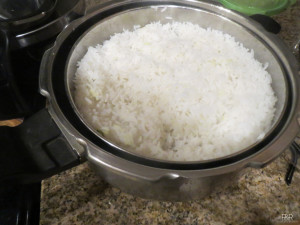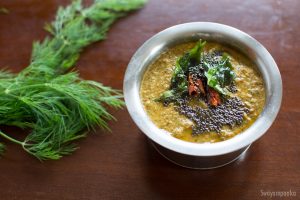Parboiled rice is a type of rice that has been partially boiled in the husk, which gives it a distinctive texture and flavor. Here are some benefits of parboiled rice compared to regular rice:
- Nutritional Content: Parboiled rice retains more of the nutrients found in the rice bran than regular rice because the parboiling process causes the nutrients to migrate from the bran to the endosperm of the rice. This means that parboiled rice is a good source of fiber, vitamins, and minerals, including thiamine and niacin.
- Lowers the Glycemic Index: The parboiling process also helps to lower the glycemic index of the rice, which means that it releases glucose into the bloodstream more slowly than regular rice. This can help prevent spikes in blood sugar levels, making it a good option for those with diabetes.
- Texture: Parboiled rice has a firmer texture than regular rice, which makes it less likely to become mushy or sticky when cooked. This can be beneficial for dishes like pilafs or fried rice.
- Longer Shelf Life: Parboiled rice has a longer shelf life than regular rice because the parboiling process helps to preserve the rice and prevent spoilage.
- Versatility: Parboiled rice is versatile and can be used in a variety of dishes, from rice bowls to casseroles.
While parboiled rice does have some nutritional and culinary benefits, it’s worth noting that it may take longer to cook than regular rice and can be more expensive. Ultimately, the choice between parboiled rice and regular rice may depend on personal taste, cooking preferences, and dietary needs.



